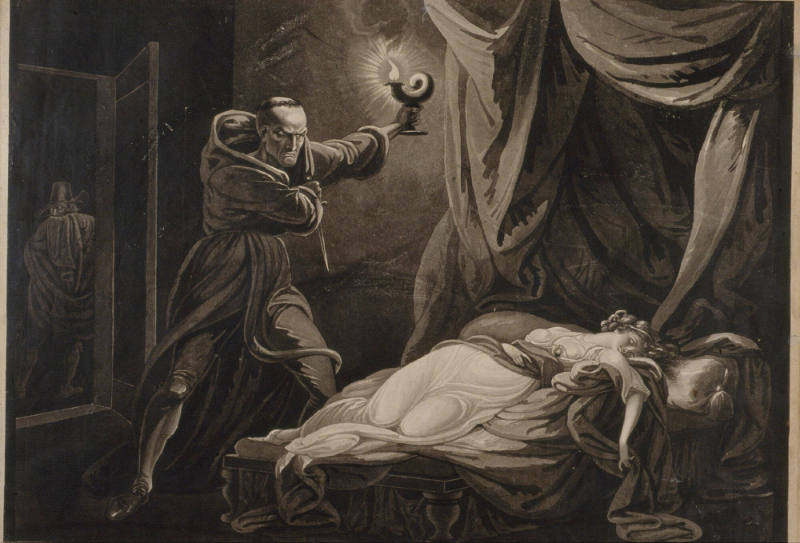
Object Details
Artist
Wu Zhuohua
Date
late 19th or early 20th century
Medium
Hanging scroll: ink and colors on paper
Dimensions
Image: 57 7/8 × 15 5/8 inches (147 × 39.7 cm)
Mount: 66 15/16 × 17 5/16 inches (170 × 44 cm)
Credit Line
Acquired through the Membership Purchase Fund
Object
Number
84.077.001 b
Damaged remnants of paintings, fans, prints, pages of books, and rubbings of famous calligraphies we(…)
Damaged remnants of paintings, fans, prints, pages of books, and rubbings of famous calligraphies were realistically painted here to seem like a collage of overlapped and randomly pasted fragments. This illusionistic genre, called bapo (or “eight brokens”), became popular in the late-nineteenth and early-twentieth centuries. Bapo images are meant to evoke reminiscence for and appreciation of the past (huigu). Some bapo also include hidden meanings of good fortunes, as eight is an auspicious number in Chinese culture. Pasting cherished calligraphies, ink rubbings, and paintings to a surface such as a screen is an artistic tradition existing as early as the Tang dynasty, known as bogu (“plentiful ancient objects”). Bapo is believed to have evolved from bogu.












